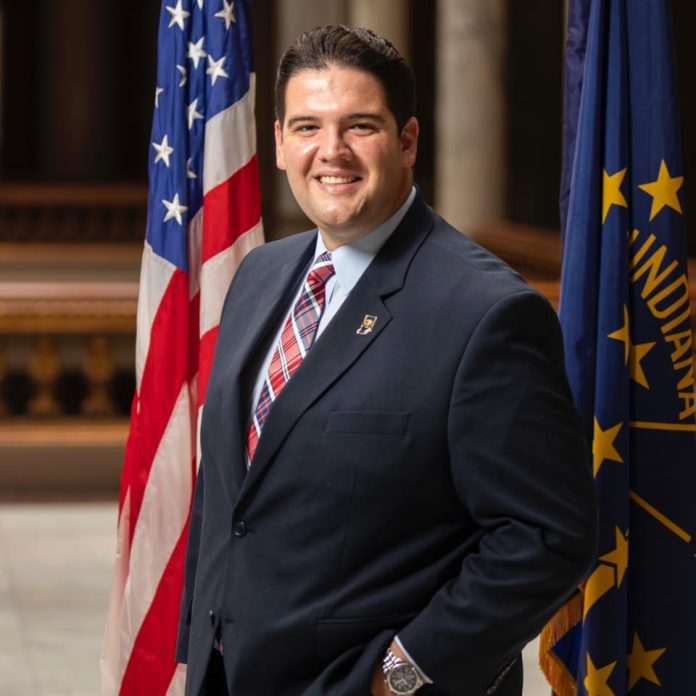What Caused The Midwest To Thrive? Education!
By Michael Hicks, PHD
APRIL 9, 2024
A recently released study by economists from Yale and UC San Diego unlocked a key insight into the way the Rustbelt developed. Like most studies, it is just one piece of the puzzle. I found it insightful because it is yet another challenge to the view that attracting capital drives regional economic growth. In other words, jobs follow people, people don’t follow jobs.
This study, titled “Sprouting Cities: How Rural America Industrialized,” used recently released individual Census data from 1880 to 1940 in the United States. This allowed the authors to track individual people as they changed occupations and locations. Like many readers, my grandparents, great-grandparents and great-great grandparents are in these data, so it is of special interest to me.
They found that most of the industrialization in the country occurred as a result of factories springing up in rural counties, absorbing local agricultural workers. Over those six decades, only about 10 percent of industrialization could be explained by cross-state migration of workers.
In the single most mobile decade, 1910 to 1920, only one fifth of industrial employment growth was due to inter-state migration of workers. That was the decade that brought us the hit song “How Ya Gonna Keep ’em Down on the Farm (After They’ve Seen Paree)?” This song was oddly prescient given agricultural employment in the United States dropped by half over the following 20 years.
This study was an enormous undertaking since it had to match people across decades, which involved about half a billion Census records. These were only recently computerized from handwritten entries. To give some sense of the challenge, my happily simple surname apparently changed from Hicks to Hix and back to Hicks over this time period. Goodness knows how they handled the Vongrosssteinhausen or Postlethwaite families.
I particularly appreciated this work, in part because it rejects a common view that factories came to the Midwest because of canals and rivers, gas or oil, railroads or other natural resources. This study supports my argument that the Midwest became the factory center of the world because it was teeming with educated, healthy workers. Here’s that story.
The Midwest was settled from 1790 to about 1840, first by land grants to Revolutionary War veterans, then to immigrants from northern Europe. This region was settled under the Northwest Ordinance, which set aside land that would generate revenues for local schools. The language on education in that ordinance lives on in state constitutions, including Indiana’s.
The Midwest built schools everywhere, for everyone. Many of these persisted until the 1940s, including one in Rome, Ind., which my father attended, and another in Economy, Ind., where my wife’s aunt taught in the early 1930s. The best evidence is that Indiana was universally literate before England. This is a monumental human achievement.
The land grants were modest. Privates and non-commissioned officers received 100 acres. Thus, within three generations, the population outstripped the ability of them to financially support these families. So, shortly after the Civil War, the Midwest found itself in an unusual position. We had more people than the land could easily support, but nearly everyone could read, write and do basic arithmetic.
In the humble Midwest, in places like Howard, Delaware, or Henry counties, the perfect combination of learning and skills matched the demands of the mid-industrial revolution. The schooling was surprisingly robust. Its worth noting that among Indiana’s great early authors—Lew Wallace, James Whitcomb Riley, Edward Eggleston and Gene Stratton-Porter—none progressed beyond 8th grade. These were savants, but literacy was widespread and more than sufficient for the jobs that lay in the distant future. Everyone could read, and did.
The math was rigorous as well. One 8th-grade question in 1895 read “District No. 33 has a valuation of $35,000. What is the necessary levy to carry on a school for seven months at $50 per month, and have $104 for incidentals?” That is Algebra, and about what is necessary for most jobs even today.
Here basic schooling was matched by practical experience on the farm. The physics of water pumps, the calibration of a hit-and-miss engine and the calculation of seed requirements all demanded practical skills. I don’t suggest all students could write like Wallace, or perform Algebra like today’s high school students. But by global standards of 1880 to 1940, small Midwestern towns were a gold mine of human capital.
As soon as the Industrial Revolution took hold in the United States, its movement to the Midwest was inevitable. Of course, other factors played a role in what would be manufactured in the Midwest and in which county it might be produced. Natural gas, oil, and waterways all drove the final locations for many industries. But, if it wasn’t glass in Muncie, it would be something else. It was always the people who drew in the factories.
There was perhaps a period, from 1945 to the 1960s, where attracting a business would’ve meant population and employment growth. But then it only really mattered in the South and Southwest. There is very little evidence that the hundreds of billions of dollars in tax incentives, or tens of billions of site-specific infrastructure spending created a single enduring job in the Midwest.
The Yale-UCSD paper held one more big insight beyond the initial development of these local factory towns. The new cities formed from this concentration of agricultural workers into new manufacturing towns haven’t fared well since. As it turns out, most of these places failed to expand “consumer” services as their cities grew. When the factories closed, they could not sustain their population.
Most readers will recognize that “consumer services” represent some key elements of quality of life. These consumer services include retail trade, entertainment and other personal services. The cities that thrived had an abundance of these quality-of-life businesses to keep residents.
There’s more than that to a successful quality of life strategy, including good schools and a high-functioning local government. Those things are themselves necessary for good consumer services firms to consider locating in a city.
We are in the midst of a gubernatorial election that will direct our economic development policy for most of the next decade. Thus far, much of the debate has been about how best to attract new jobs to Indiana. The real discussion should be how we make more cities people want to live in. Over the past century and a half, all our great economic successes in the Midwest have come from doing so. Likewise, almost all our failures have come from not doing so.










